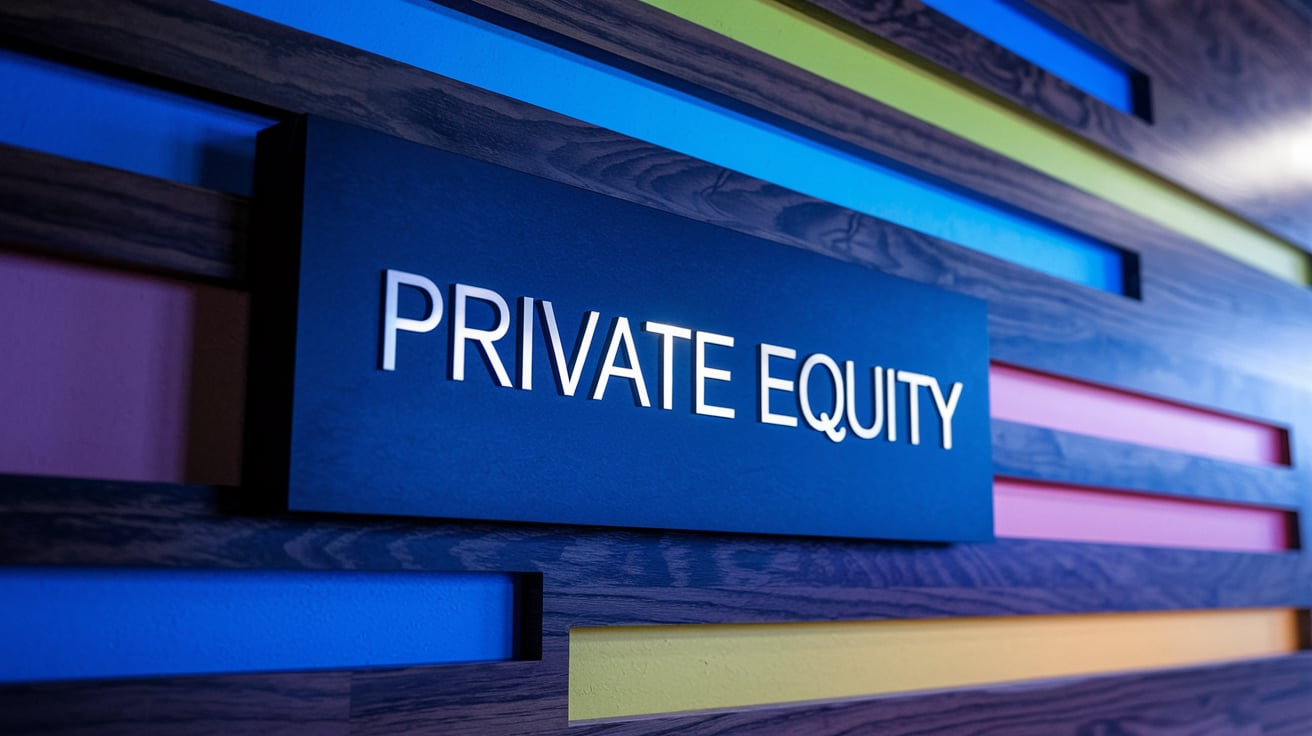As our client TGI Fridays International can attest to, online food delivery platforms are expanding choice and convenience, allowing customers to order from a wide array of restaurants with a single tap of their mobile phone.
The business of delivering restaurant meals to the home is undergoing rapid change as new online food delivery platforms race to capture markets and customers across the Americas, Asia, Europe, and the Middle East. Although these new Internet platforms are attracting considerable investment—several are already valued at more than $1 billion—little real knowledge about market dynamics, growth potential, or customer behavior exists.
The shape of the market today
By far, the most common form of online food delivery is the traditional model, in which the consumer places an order with the local pizza parlor or Chinese restaurant (although many other kinds of restaurants, particularly in urban areas, now offer delivery) and waits for the restaurant to bring the food to the door. This traditional category has a 90 percent market share, and most of those orders—almost three-quarters—are still placed by phone.
However, as in so many other sectors, the rise of digital technology is reshaping the market. Consumers accustomed to shopping online through apps or websites, with maximum convenience and transparency, increasingly expect the same experience when it comes to ordering dinner.
Two tiers for online food delivery
Two types of online food delivery platforms have risen to fill that void. The first type is the “aggregators,” which emerged roughly 15 years ago; the second is the “new delivery” players, which appeared in 2013. Both allow consumers to compare menus, scan and post reviews, and place orders from a variety of restaurants with a single click. The aggregators, which are part of the traditional-delivery category, simply take orders from customers and route them to restaurants, which handle the delivery themselves. In contrast, the new-delivery players build their own logistics networks, providing delivery for restaurants that don’t have their own drivers.
Why is this last point important? Because this allows restaurants who previously didn’t offer delivery services the ability to do so. These restaurants are outsourcing to stay in the game, or stay relevant to today’s consumer. A perfect example is Chipotle. It’s no secret Chipotle is huge among Millennials, but their one major weakness was no delivery. Chipotle began delivering using Postmates in March of 2015, which was a big news story that excited a lot of people. In the first month, they saw a whopping 30% increase in online orders! They now have a delivery page on their website listing all of their delivery partners.
Tier 1 – Aggregators
Aggregators build on the traditional model for online food delivery, offering access to multiple restaurants through a single online portal. By logging in to the site or the app, consumers can quickly compare menus, prices, and reviews from peers. The aggregators collect a fixed margin of the order, which is paid by the restaurant, and the restaurant handles the actual delivery. There is no additional cost to the consumer. Four players—Delivery Hero, Foodpanda, GrubHub, and Just Eat—have achieved global scale. On a national level, there are typically two or three competitors that dominate, mostly driven by their ability to build a large user base.
Tier 2 – New delivery
Just like the aggregators, new-delivery players allow consumers to compare offerings and order meals from a group of restaurants through a single website or app. Crucially, the players in this category also provide the logistics for the restaurant. This allows them to open a new segment of the restaurant market to home delivery: higher-end restaurants that traditionally did not deliver. Players include brands that operate globally such as Deliveroo and Foodora.
The new-delivery opportunity
The opportunity for new delivery is to extend food delivery to a new group of restaurants and customers. Rather than competing directly with the aggregators, new-delivery players are expanding the overall market. However, it is possible that in the future even lower-end traditional-delivery restaurants will migrate to new delivery because they will find it more cost efficient to outsource logistics; thus, new delivery poses at least a potential threat of disruption to the aggregators.
The growth in new delivery is driven by two sources of consumer demand. The first is as a substitution for dining in a restaurant. With new delivery, consumers can dine at home with the same quality food they would enjoy at a fine restaurant. Some platforms even include Michelin-starred establishments in their offerings in selected cities. The second source of demand is as a substitution for meals prepared and consumed at home.
Customer behavior
Customers drawn to the new online food-delivery platforms have a different set of needs and expectations from the traditional pizza customer. A McKinsey study uncovered the following important traits:
- Platforms are sticky. New-delivery platforms, which personalize the ordering experience by storing relevant customer data, are sticky. Once customers sign up, 80 percent never or rarely leave for another platform, creating a strong winner-take-all dynamic, in which the reward goes to the player who can sign up the most customers in the shortest amount of time.
- Time is critical. Speed of delivery is the biggest variable in customer satisfaction, with an average 60 percent of consumers across markets citing it as a key factor. The optimal wait time is no more than 60 minutes.
- Meals are for home. Most orders—82 percent—are placed from home, while only 16 percent are placed from the workplace.
- Orders spike on weekends. The highest-volume days for the online platforms are Friday, Saturday, and Sunday, when 74 percent of orders are placed.
The bottom line
It seems clear there is still rapid growth ahead for these online food delivery players. Marketers who find the means to leverage these platforms effectively will have the opportunity to establish themselves in the consumer mindset. If you’re looking for ways to harness these platforms for your restaurant brand, contact us to get an individualized assessment. We’ve got a digital team with extensive experience in mobile and web development that can get you started.






